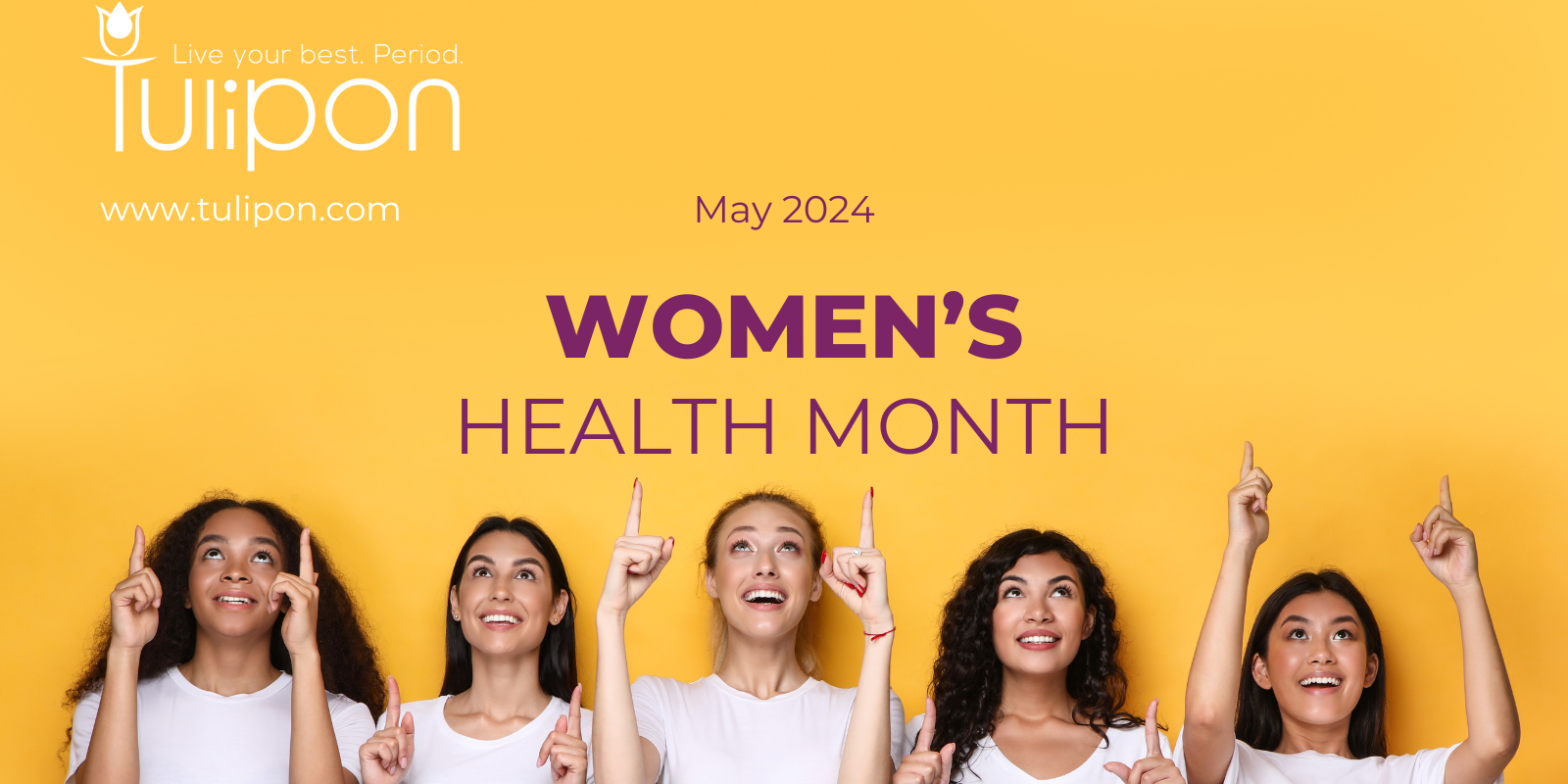Origins of May as Women's Health Month
May is Women’s Health Month, a time to raise awareness and address the unique health concerns faced by women across the globe. This annual observance has its origins in the 1980s, when women’s health advocates pushed for greater recognition of the disparities in healthcare access and outcomes between men and women.
Women's Health Concerns in the Modern World
In the modern world, women continue to grapple with a range of health challenges. While advancements have been made, women still face disproportionate burdens when it comes to conditions like heart disease, cancer, mental health issues, and autoimmune disorders. Social determinants of health, such as socioeconomic status, access to education, and gender-based discrimination, further exacerbate these disparities.

Women's Health IS Women Empowerment
Empowering women’s health is not just a matter of improving clinical outcomes – it is also intrinsically linked to women’s empowerment and gender equity. When women can take charge of their health, they gain greater autonomy, confidence, and control over their lives. This, in turn, can lead to improved educational and economic opportunities, as well as stronger participation in decision-making processes that affect their communities.
Spotlight on Women's Menstruation Health and Period Health
One area of women’s health that has gained increasing attention is menstruation and period health. For too long, menstruation has been shrouded in stigma and misinformation, with many women and girls lacking access to basic menstrual hygiene products and education. This “period poverty” not only compromises physical health, but also has far-reaching consequences for mental health, social inclusion, and educational attainment.
Menstruation Diagnostics: Using Period Blood for Biomarker Analysis
Menstrual blood, also known as menstrual effluent, has emerged as a promising diagnostic tool for various health conditions. Recent studies have demonstrated that menstrual blood can provide valuable insights into a woman’s overall health by serving as a non-invasive source of biomarkers.
One study published in Science News found that menstrual blood could reliably estimate levels of several biomarkers, including those related to diabetes and inflammation, as well as reproductive hormones, suggesting that menstrual blood could be an alternative source for diagnosis and health monitoring. Similarly, Dr. Sara Naseri, the founder of Qvin, noted that menstrual blood can provide insights into biomarkers such as thyroid hormones, fertility hormones, and inflammation markers.
Researchers have also explored the use of menstrual blood for the diagnosis of endometriosis, a common gynecological condition. A study published in PubMed identified several differentially expressed proteins in the menstrual blood of women with endometriosis compared to those without the condition, highlighting the potential of menstrual blood as a non-invasive diagnostic tool.
Additionally, a cross-sectional study published in the National Institutes of Health’s PubMed Central database compared the inflammatory profile of menstrual effluent and peripheral blood, suggesting the potential utility of menstrual blood in monitoring various uterine conditions.
Furthermore, a preprint study on MedRxiv introduced a wearable, microfluidic diagnostic platform integrated into standard hygiene pads for the direct detection of disease biomarkers in menstrual blood, showcasing the potential for menstrual blood to revolutionize women’s health monitoring.
These studies and innovations highlight the growing recognition of menstrual blood as a valuable diagnostic tool, with the potential to provide non-invasive, affordable, and accessible approaches to women’s health monitoring and care.
Insights and Recommendations for Improving Women's Health
To improve women’s health and empower women to take charge of their wellbeing, here are three key insights and recommendations:
- Prioritize Comprehensive, Inclusive Healthcare: Society still needs to address women’s health holistically, with a focus on preventive care, mental health support, and equitable access to high-quality services. Healthcare systems should also be inclusive, catering to the diverse needs of women from diverse backgrounds, including those with disabilities, LGBTQ+ individuals, and marginalized communities.
- Invest in Women’s Health Research and Education: There has been a historical underinvestment in women’s health research, leading to significant knowledge gaps. Increased funding and a concerted effort to include women in clinical trials and studies can help address this disparity. Additionally, comprehensive, evidence-based health education for women and girls is crucial for empowering them to make informed decisions about their wellbeing.
- Destigmatize Menstruation and Empower Period Health: Tackling the stigma surrounding menstruation is essential for improving women’s physical and mental health. Initiatives that provide access to affordable, sustainable menstrual products, as well as comprehensive menstrual education, can go a long way in empowering women and girls. Leveraging the diagnostic potential of menstrual blood can also lead to earlier detection and better management of various health conditions.
Sources
- https://www.sciencenews.org/article/period-blood-reveal-health-biomarkers
- https://www.axios.com/2024/03/07/menstruation-period-blood-cramp-pain-diagnostic
- https://pubmed.ncbi.nlm.nih.gov/37657716/
- https://www.ncbi.nlm.nih.gov/pmc/articles/PMC9813904/
- https://www.medrxiv.org/content/10.1101/2024.03.22.24304704v1.full.pdf
- https://www.cdc.gov/women/may/index.htm
- https://www.who.int/news-room/fact-sheets/detail/women-s-health
- https://www.who.int/news-room/fact-sheets/detail/gender-and-health
- https://www.un.org/womenwatch/osagi/conceptsandefinitions.htm
- https://www.unicef.org/press-releases/lack-menstrual-health-management-impacts-girls-education
- https://www.who.int/news/item/15-04-2021-lack-of-access-to-menstrual-health-and-hygiene-affects-education-and-health-of-women-and-girls-globally
- https://www.nature.com/articles/d41586-019-00611-1
- https://www.cdc.gov/healthequity/features/7facts-womens-health/index.html
- https://www.mckinsey.com/mhi/our-insights/closing-the-womens-health-gap-a-1-trillion-dollar-opportunity-to-improve-lives-and-economies

